-
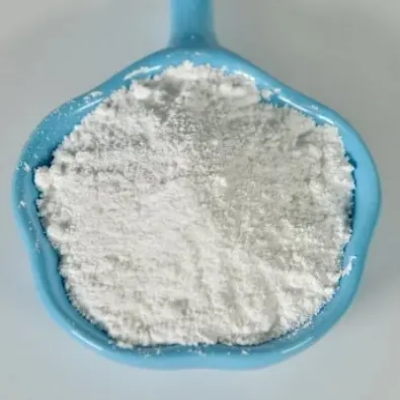
Sodium Bicarbonate CAS:144-55-8
Sodium bicarbonate, also known as baking soda, is a white crystalline powder with a slightly salty taste. It is commonly used in baking as a leavening agent to help dough rise and create a light, fluffy texture. In addition to its culinary uses, sodium bicarbonate is also used for various household cleaning purposes, as well as in personal care products like toothpaste and deodorant. Furthermore, it has medicinal applications, such as relieving heartburn and indigestion when taken orally. Its chemical formula is NaHCO3.
-
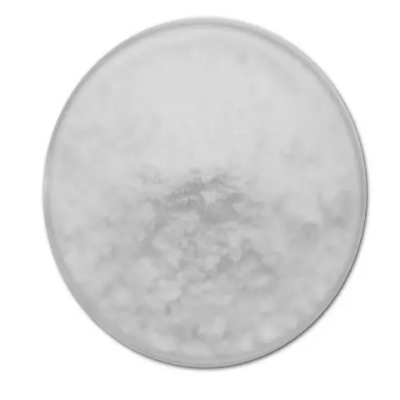
Sodium Guanylate CAS:5550-12-9
Guanosine 5′-monophosphate disodium salt is a new generation of nucleotide food freshness enhancer. It can be used in all kinds of food and can be used in moderation according to production needs.
-
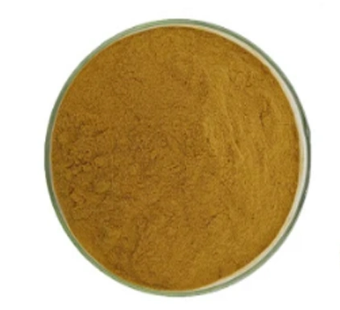
Tea Saponin CAS:8047-15-2
Tea saponin, also known as tea saponin, is a kind of glycoside compound extracted from tea tree seeds (tea seeds, tea seeds). It is a kind of natural surfactant with good performance. It can be widely used in light industry, chemical industry, pesticide , feed, breeding, textiles, oil extraction, mining, building materials and highway construction and other fields.
-
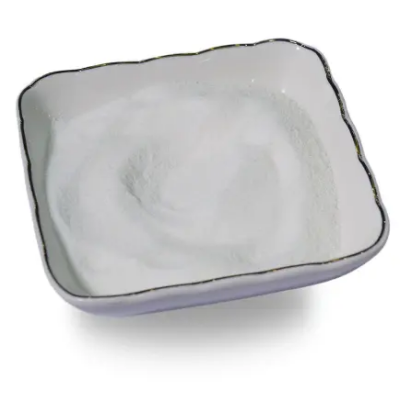
Sodium Inosinate CAS:4691-65-0
Sodium inosinate is a food additive commonly used as a flavor enhancer. It is often found in savory snacks, canned soups, and processed meats. This compound is a sodium salt of inosinic acid, which is naturally present in various animals and plants. As a food additive, sodium inosinate is typically used in combination with monosodium glutamate (MSG) to enhance the umami flavor in food products. It is generally recognized as safe for consumption by regulatory authorities when used in appropriate amounts
-
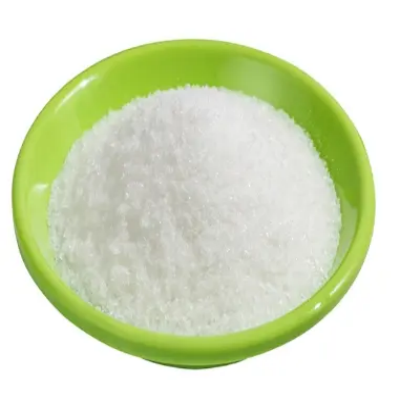
Transglutaminase (TG) CAS:80146-85-6
Transglutaminase (TG) is an enzyme that catalyzes the formation of covalent bonds between protein molecules. It is commonly used in food processing to improve texture, binding, and shelf life. In addition, TG is also utilized in medical and pharmaceutical applications for drug delivery and tissue engineering. As a versatile enzyme, TG plays a crucial role in various industries due to its ability to modify and enhance the properties of proteins.
-
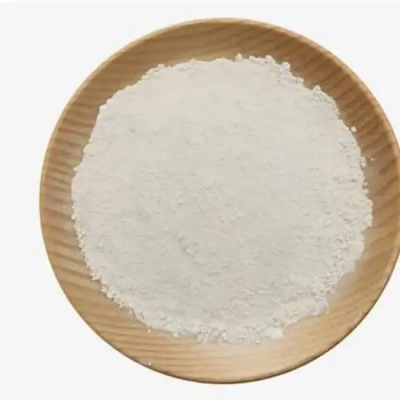
Vanillin CAS:121-33-5 Manufacturer Supplier
Vanillin is a synthetic compound that resembles the flavor and aroma of vanilla. It is commonly used as a flavoring agent in food, beverages, and pharmaceuticals. Vanillin is also used in the production of perfumes and as a chemical intermediate in the manufacture of pharmaceuticals and other fine chemicals.
-
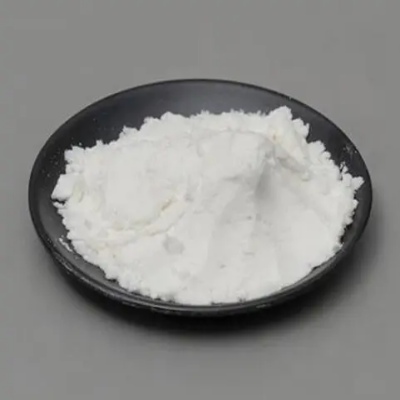
Zinc Acetate CAS:557-34-6 Manufacturer Supplier
Zinc acetate is a chemical compound with the formula Zn(CH3COO)2. It is a white crystalline solid with a slightly acidic taste. Zinc acetate is commonly used as a dietary supplement to treat zinc deficiency. It is also used in the production of various pharmaceuticals, as a mordant in dyeing, and as a catalyst in organic synthesis. Additionally, zinc acetate has astringent properties and is used in some topical antiseptic ointments. In the food industry, it is used as a flavoring agent and as a preservative. Furthermore, zinc acetate is employed in the production of certain types of plastics and as a corrosion inhibitor in some industrial processes. Due to its diverse applications, zinc acetate is an important compound in various fields, including medicine, chemistry, and manufacturing.
-
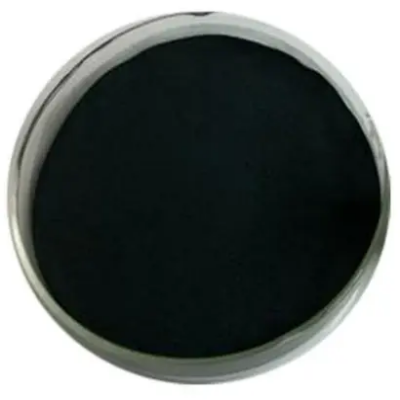
Iridium(III) chloride CAS:10025-83-9
Iridium (III) chloride, with the chemical formula IrCl3, is a compound widely used in a variety of industrial and research applications. It is a deep red solid that is soluble in water and polar solvents. Iridium (III) chloride is known for its stability and unique coordination chemistry, making it a valuable tool for the synthesis of iridium-containing materials and catalysts. In organic synthesis, it is often used as a catalyst for various chemical reactions, especially in the production of fine chemicals and pharmaceuticals.
-

Iridium(III) acetate CAS:15635-87-7
Iridium(III) acetate, with the chemical formula Ir(CH3COO)3, is a chemical compound that is widely used in various industrial and research applications. It is a bright yellow solid that is soluble in polar solvents. Iridium(III) acetate is known for its stability and unique coordination chemistry, making it a valuable tool in the synthesis of iridium-containing materials and catalysts. It is often employed in organic synthesis as a catalyst for various chemical reactions, particularly in the production of fine chemicals and pharmaceuticals. Additionally, iridium(III) acetate is utilized in the field of materials science, where it is used in the development of advanced materials and nanotechnology.
-
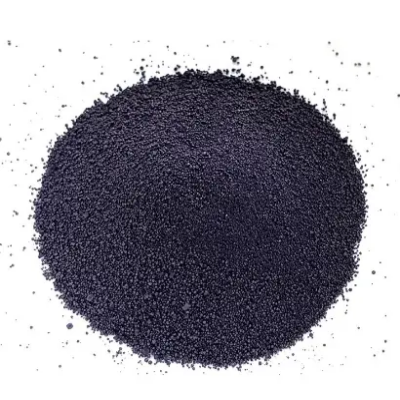
Iridium(IV) oxide CAS:12030-49-8
Iridium(IV) oxide is a chemical compound with the formula IrO2. It is a black solid that is insoluble in water. Iridium(IV) oxide is a member of the platinum group metals and is known for its high melting point and resistance to corrosion. It is commonly used as a catalyst in various chemical reactions, and it has applications in the field of electrochemistry, where it is used in the production of electrodes for electrolysis and other processes.
-
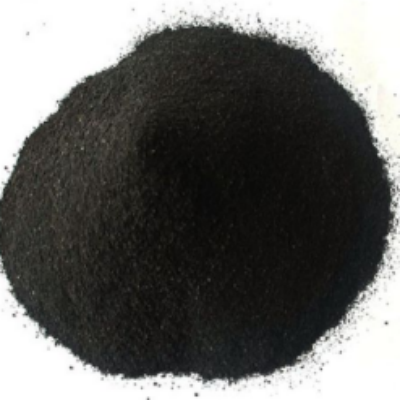
Iridium(IV) chloride CAS:10025-97-5
Iridium(IV) chloride, with the chemical formula IrCl4, is a chemical compound that is commonly used in various industrial and research applications. It is a dark brown solid that is soluble in water and other polar solvents. Iridium(IV) chloride is a member of the platinum group metals and is known for its high melting point and stability. It is often used as a catalyst in organic synthesis, particularly in the production of fine chemicals and pharmaceuticals. Additionally, iridium(IV) chloride is utilized in the field of materials science, where it is employed in the development of advanced materials and nanotechnology.
-

Rhodium (II) octanoate dimer CAS:73482-96-9
Rhodium(II) octanoate dimer is an organometallic complex composed of two rhodium centers coordinated through eight carbon chain ligands. This compound possesses a distorted square planar configuration at each metal atom.

